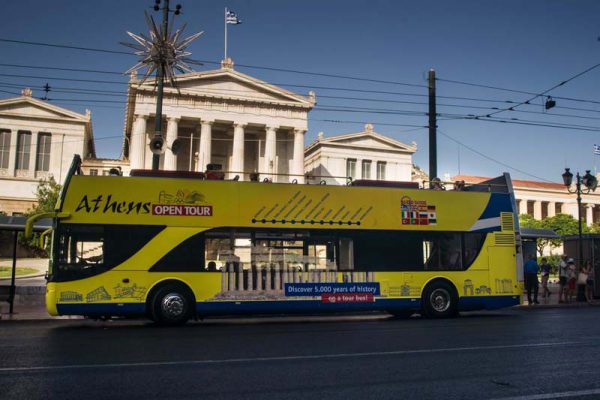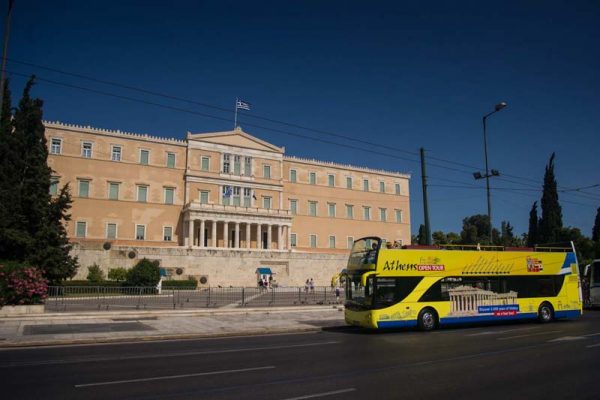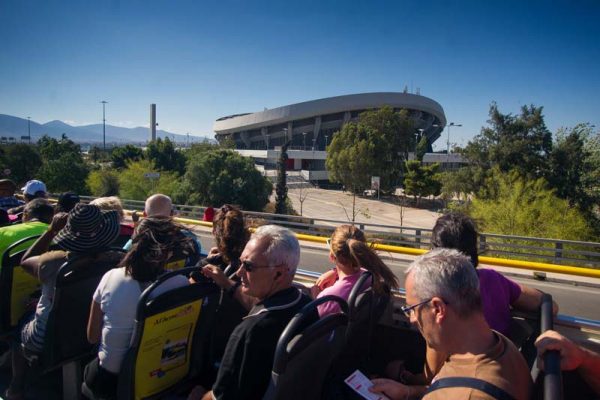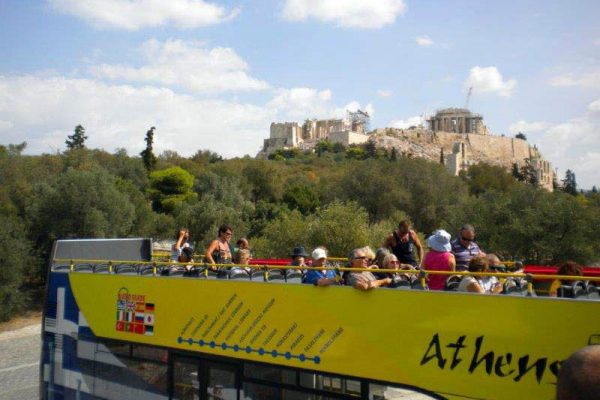Athens Line (6): Acropolis & Parthenon (interchange)
The temples on the “Sacred Rock” of Athens are considered to be the most important monuments in the Western world, for they have exerted more influence on our architecture than anything since.
The great marble masterpieces were constructed during the late 5th century BC reign of Pericles, the Golden Age of Athens. Most were temples built to honor Athena, the city’s patron goddess. Still breathtaking for their proportion and scale, both human and majestic, the temples were adorned with magnificent, dramatic sculptures of the gods. In the area around you can also visit: _ The Filopappou hill: a pine covered hill with an outstanding view (across the Acropolis Hill), known as The Hill of Muses offers shaded paths trough monuments, marking centuries of history, like the church of Agios Dimitrios Loumbardiaris, the Socrates’ prison and the Filopappos monument on the top.
The Acropolis is located on a flat-topped rock that rises 150 m (490 ft) above sea level in the city of Athens, with a surface area of about 3 hectares. It was also known as Cecropia, after the legendary serpent-man, Cecrops, the first Athenian king. While the earliest artifacts date to the Middle Neolithic era, there have been documented habitations in Attica from the Early Neolithic (6th millennium BC). There is little doubt that a Mycenaean megaron stood upon the hill during the late Bronze Age. Nothing of this megaron survives except, probably, a single limestone column-base and pieces of several sandstone steps.Soon after the palace was constructed, a Cyclopean massive circuit wall was built, 760 meters long, up to 10 meters high, and ranging from 3.5 to 6 meters thick. This wall would serve as the main defense for the acropolis until the 5th century. The wall consisted of two parapets built with large stone blocks and cemented with an earth mortar called emplekton. The wall follows typical Mycenaean convention in that it followed the natural contour of the terrain and its gate was arranged obliquely, with a parapet and tower overhanging the incomers’ right-hand side, thus facilitating defense.












